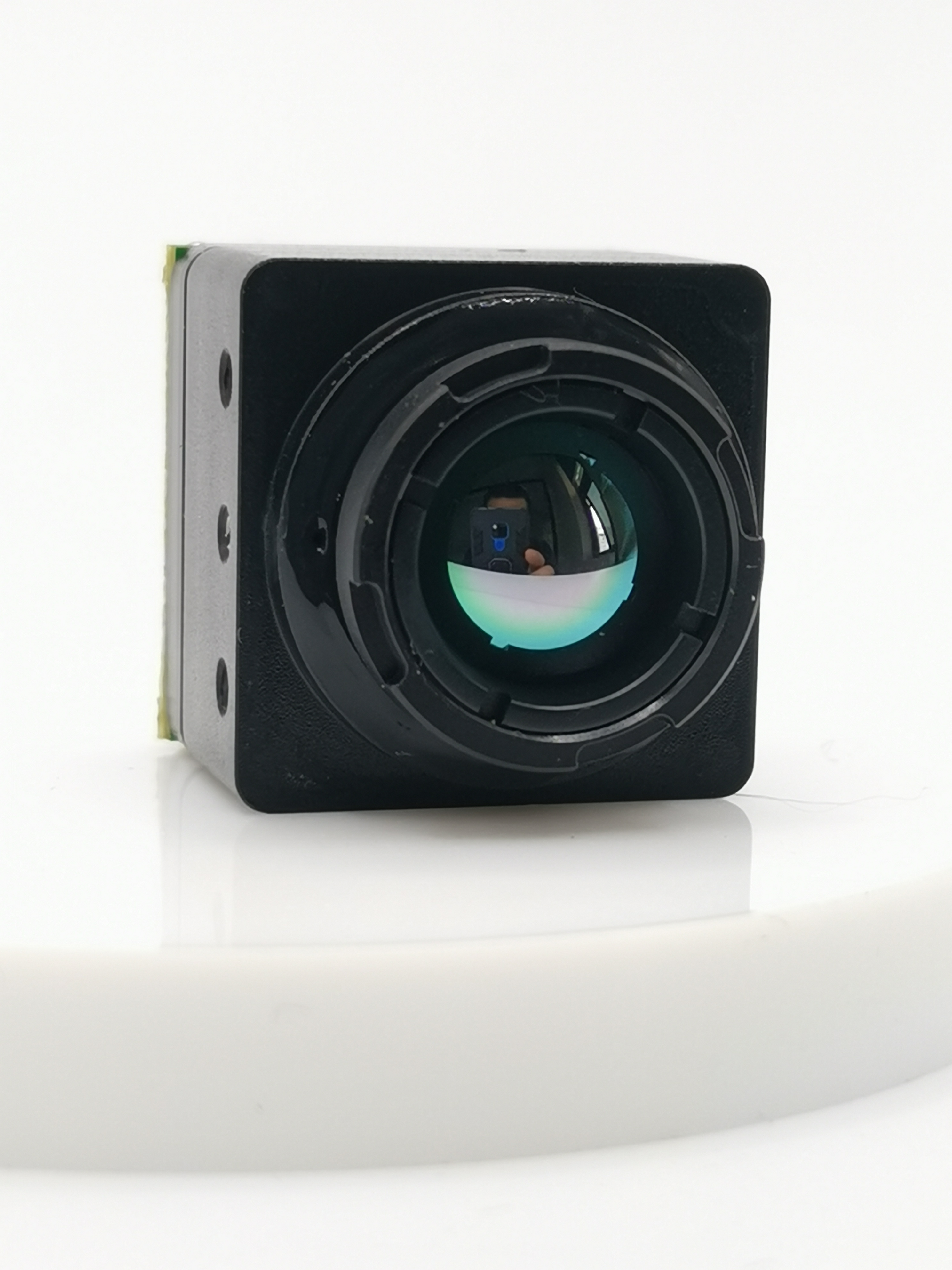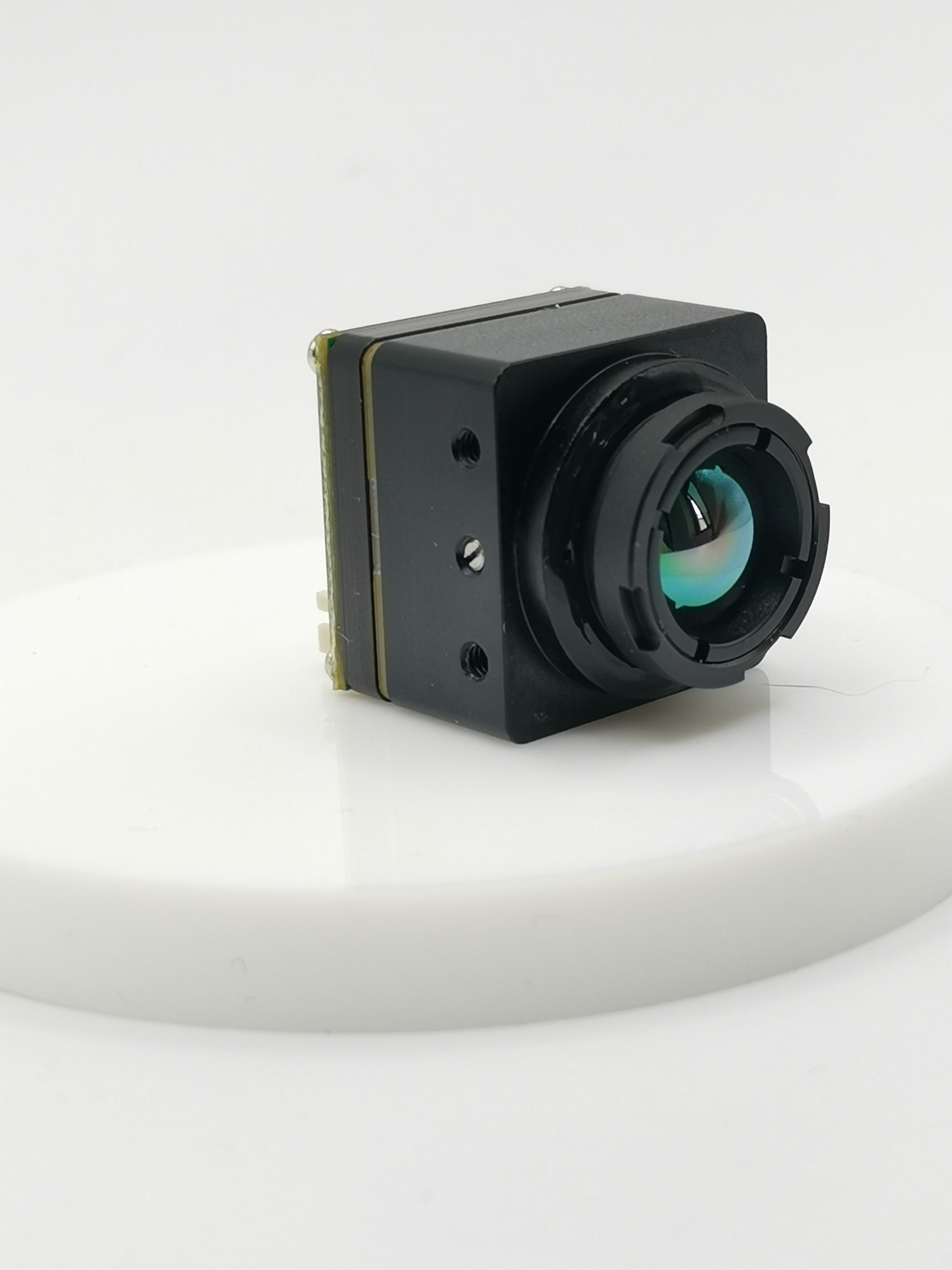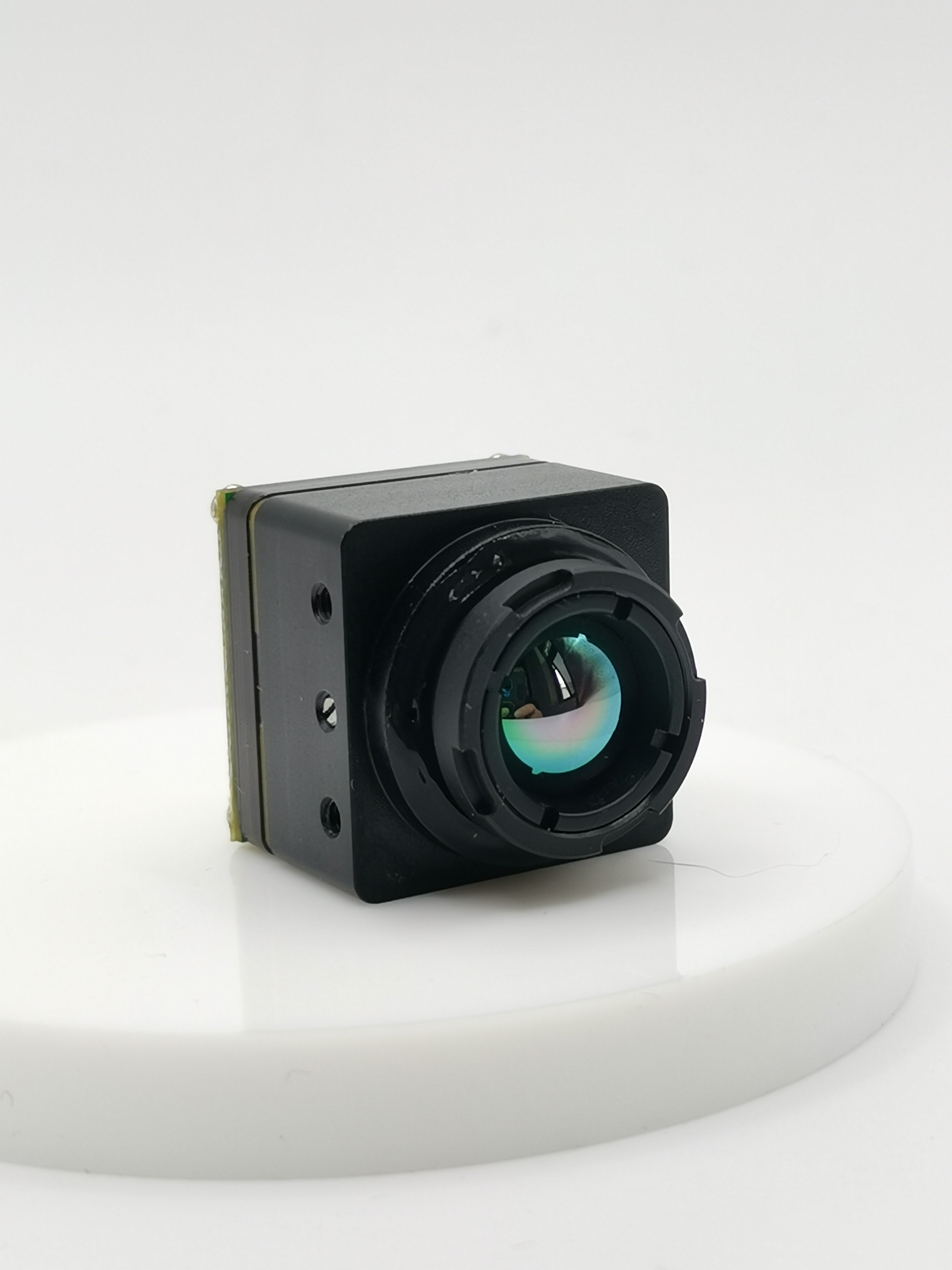Discover the Top 5 Benefits of FLIR Drone Thermal Cameras in Wildlife Conservation

In the realm of wildlife conservation, preserving endangered species and protecting their habitats is paramount. Introducing FLIR drone thermal cameras into this noble cause signifies a groundbreaking advancement. These innovative tools offer a unique perspective, enabling efficient monitoring and safeguarding of wildlife populations. Whether it's drone thermal camera hunting or using a drone with thermal camera for deer recovery, these technologies are revolutionizing the field. Throughout this blog, we will delve into the five remarkable benefits these cutting-edge devices bring to the forefront of conservation efforts.
Enhanced Wildlife Monitoring

When it comes to Enhanced Wildlife Monitoring, the utilization of FLIR drone thermal cameras elevates the standards of conservation practices.
Improved Population Tracking
Accurate Data Collection is a pivotal aspect facilitated by these advanced technologies. By capturing precise information, conservationists can make informed decisions regarding wildlife populations. The Real-time Monitoring feature further enhances this capability, allowing for immediate responses to any changes detected in the environment.
Better Habitat Analysis
In terms of Better Habitat Analysis, FLIR drone thermal cameras excel in identifying critical areas that require special attention. By pinpointing these regions, conservation efforts can be strategically directed towards preserving essential habitats. Moreover, the ability to monitor habitat changes over time provides valuable insights into the dynamic nature of ecosystems.
The deployment of thermal imaging technology has been exemplified in the Kifaru Rising Project, where FLIR drones were instrumental in improving wildlife ranger safety and combating illegal poaching activities targeting rhinos in Kenya. This initiative underscores the practical application and effectiveness of using drone thermal cameras for wildlife monitoring purposes.
Increased Safety for Conservationists
Reduced Human-Wildlife Conflicts
Conservationists face numerous challenges when working in close proximity to wildlife. With FLIR drone thermal cameras, these risks are significantly mitigated, ensuring the safety of both humans and animals.
Safe Distance Monitoring
By utilizing FLIR drone thermal cameras, conservationists can maintain a safe distance from potentially dangerous wildlife. This technology enables them to observe animal behavior without disturbing their natural habitat, reducing the likelihood of conflicts.
Early Warning Systems
FLIR drone thermal cameras serve as early warning systems, alerting conservationists to any potential threats in real-time. This proactive approach allows for swift action to be taken, preventing dangerous encounters between humans and wildlife.
Enhanced Field Operations
When operating in challenging environments, such as dense forests or rugged terrains, FLIR drone thermal cameras provide invaluable support to conservationists.
Nighttime Operations
In low-light conditions or during nighttime operations, FLIR drone thermal cameras offer enhanced visibility. Conservationists can navigate through darkness with ease, ensuring continuous monitoring of wildlife without disruption.
Difficult Terrain Navigation
Navigating through rough terrain can be arduous and risky for conservationists. With the aid of FLIR drone thermal cameras, identifying safe pathways becomes more manageable. These devices assist in mapping out routes and avoiding potential hazards effectively.
Jim Cannon, President and CEO at Flir, emphasized the importance of technological advancements in wildlife protection by stating: “Our collaboration with WWF on the Kifaru Rising project signifies the broadest scale deployment of Flir technology for wildlife protection anywhere in the world and represents a vital step to help save these endangered animals.” This partnership underscores the critical role that innovative tools like FLIR drone thermal cameras play in ensuring the safety of conservationists and preserving biodiversity.
Efficient Poaching Prevention

In the realm of wildlife conservation, FLIR drone thermal cameras play a crucial role in Efficient Poaching Prevention. These advanced tools enable rapid responses to potential threats and facilitate seamless evidence collection for legal purposes.
Rapid Response to Threats
Real-time Alerts are a key feature of FLIR drone thermal cameras, providing immediate notifications to conservationists about any suspicious activities in protected areas. By leveraging this technology, conservation efforts can swiftly address emerging threats, ensuring the safety of wildlife populations and safeguarding their habitats.
Coordinated Efforts
Conservationists can collaborate effectively through Coordinated Efforts empowered by FLIR drone thermal cameras. By sharing real-time data and insights, teams can streamline their response strategies, enhancing the overall effectiveness of poaching prevention initiatives. This coordinated approach maximizes resources and optimizes conservation outcomes.
Utilizing FLIR thermal imaging technology has yielded significant success stories globally. In Maasai Mara alone, rangers from local partner Mara Conservancy apprehended more than 160 poachers utilizing Flir thermal cameras over the past two and a half years. This remarkable achievement underscores the tangible impact of integrating innovative solutions like FLIR drone thermal cameras in combating illegal activities that threaten wildlife populations.
Evidence Collection
The ability to capture High-Resolution Imaging sets FLIR drone thermal cameras apart in evidence collection processes. With unparalleled clarity and detail, these devices document critical information essential for legal proceedings and enforcement actions. Moreover, they ensure that conservationists have irrefutable evidence to support their interventions and protect endangered species effectively.
Legal Documentation
Ensuring proper Legal Documentation is vital in prosecuting offenders involved in poaching activities. FLIR drone thermal cameras provide verifiable data that can be used as compelling evidence in court cases, strengthening legal arguments against wildlife crimes. By adhering to stringent documentation practices supported by technological advancements, conservationists uphold the rule of law and advocate for justice on behalf of vulnerable animal species.
Improved Wildlife Health Assessment
Enhancing wildlife health assessment is paramount in conservation efforts to ensure the well-being of animal populations. By utilizing FLIR drone thermal cameras, conservationists can effectively monitor and address potential health concerns among wildlife.
Disease Detection
Detecting diseases in animals is crucial for preventing outbreaks and safeguarding overall population health. Identifying sick animals early on allows for prompt intervention and containment measures to be implemented swiftly. Through the use of thermal imaging technology, subtle changes in body temperature indicative of illness can be detected with precision.
Monitoring disease spread is equally essential in managing health risks within wildlife communities. By tracking the movement patterns of infected individuals, conservationists can identify potential transmission routes and implement targeted control strategies to limit the spread of illnesses. The real-time data provided by FLIR drone thermal cameras enables proactive measures to be taken promptly.
Injury Assessment
Assessing injuries in wildlife plays a vital role in providing timely aid and support to injured animals. Conservationists rely on FLIR drone thermal cameras to locate injured wildlife accurately, even in challenging terrains or dense vegetation where visual identification may be difficult. Once injured animals are identified, immediate action can be taken to provide necessary medical attention or facilitate their recovery process.
By leveraging advanced thermal imaging technology, conservationists can enhance their capacity for wildlife health assessment significantly. The ability to detect diseases early, assess injuries accurately, and intervene promptly underscores the invaluable role that FLIR drone thermal cameras play in ensuring the overall well-being of wildlife populations.
Cost-Effective Conservation Strategies
In the realm of wildlife conservation, adopting FLIR drone thermal cameras translates to implementing cost-effective strategies that optimize operational efficiency and ensure long-term sustainability.
Reduced Operational Costs
To achieve Reduced Operational Costs, conservationists prioritize minimizing manpower needs and enhancing resource allocation efficiency. By leveraging FLIR drone thermal cameras, organizations streamline their monitoring processes, reducing the dependency on extensive human resources. This shift towards automated surveillance not only cuts down labor expenses but also enhances data accuracy through consistent monitoring capabilities.
Minimizing Manpower Needs
By integrating FLIR drone thermal cameras into conservation practices, the reliance on manual surveillance diminishes significantly. These advanced devices operate autonomously, capturing real-time data with precision and reliability. As a result, conservation teams can allocate human resources more effectively, focusing on strategic interventions rather than routine monitoring tasks.
Efficient Resource Allocation
Efficient resource allocation is paramount in maximizing conservation impact while minimizing costs. With FLIR drone thermal cameras, organizations can direct their financial resources towards targeted initiatives based on data-driven insights. By optimizing resource distribution, conservationists can address critical areas promptly and implement proactive measures to safeguard wildlife populations effectively.
Long-term Sustainability
Ensuring Long-term Sustainability in wildlife conservation necessitates investing in durable equipment and scalable solutions that withstand evolving challenges in environmental protection.
Durable Equipment
FLIR drone thermal cameras epitomize durability in technological innovation, offering robust solutions for continuous wildlife monitoring. Designed to withstand harsh conditions and demanding terrains, these devices provide long-lasting performance without compromising data quality. Conservationists rely on the resilience of FLIR technology to support their ongoing efforts in preserving biodiversity worldwide.
Scalable Solutions
Scalability is key to adapting conservation strategies to varying landscapes and species requirements. Through the deployment of FLIR drone thermal cameras, organizations can scale their monitoring operations seamlessly across diverse ecosystems. The flexibility of these devices allows for customized applications tailored to specific conservation needs, ensuring scalability without sacrificing data integrity or operational efficiency.
The FLIR drone thermal cameras offer a groundbreaking advancement in wildlife conservation, providing enhanced monitoring capabilities for wildlife populations.
Jim Cannon highlighted the significant impact of FLIR technology in protecting endangered animals through collaborations like the Kifaru Rising project.
The deployment of FLIR technology across ten parks, including Maasai Mara National Reserve and Tsavo East and Tsavo West National Parks, underscores its vital role in safeguarding biodiversity.
Conservationists are urged to adopt FLIR drone thermal cameras to optimize conservation efforts and ensure the long-term sustainability of wildlife habitats.
See Also
Benefits of FPV Thermal Imaging for Drone Operations in Tough Conditions
Innovative Impact: FPV Thermal Cameras in Drone Inspections
Comparing Wildlife Monitoring: Drone vs. FPV Thermal Cameras
Analog FPV Thermal Cameras: 4 Advantages for Drone Use
Vegetation Monitoring and Surveillance: Drone Thermal Camera Influence
Contact Us: Ms. Coco Huang
E-mail: sales@iasun.cn
WhatsApp/Wechat: +86 13510421923

